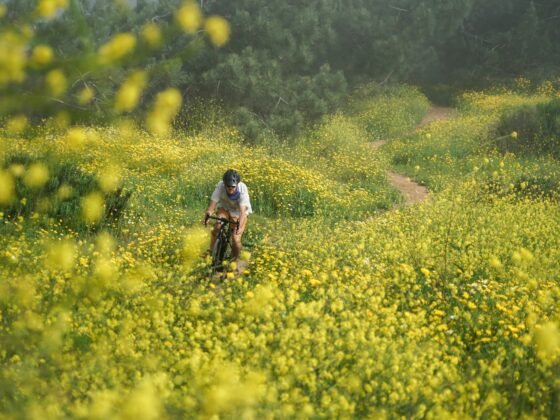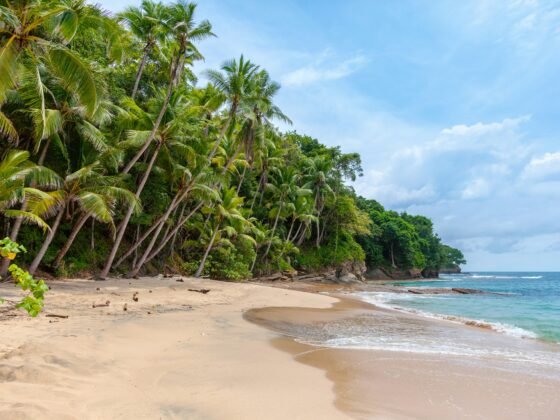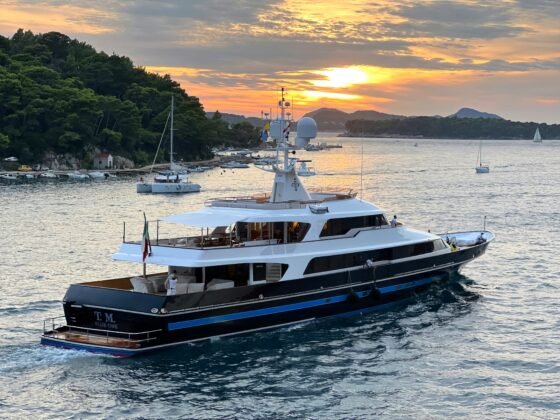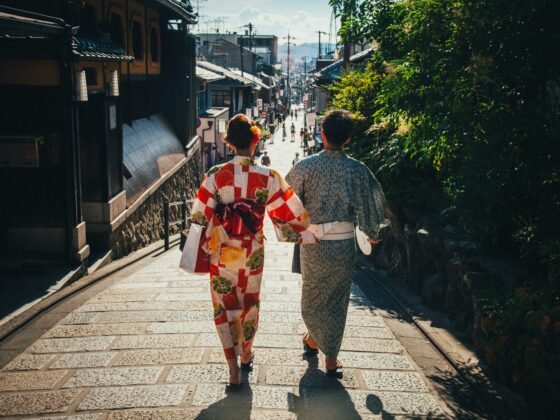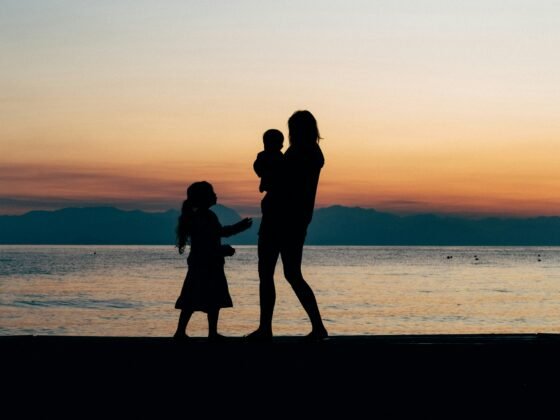Unlike traditional travel where you jump from hotel to hotel or drive unfamiliar highways, a river cruise lets you unpack once and experience multiple destinations without the friction of logistics.
This form of travel is especially appealing for those who value depth over speed, culture over entertainment, and connection over spectacle. But to truly appreciate what makes a river cruise a smart, memorable choice, you need to understand how it works — and how it differs from both ocean cruising and land-based travel.
You’ll See Multiple Countries Without the Transit Stress
Traveling between cities or countries by train, car, or plane involves constant movement: packing, checking in, navigating new places, and spending a good portion of your day on transportation alone. With a river cruise, the ship becomes your hotel, and your scenery changes without you lifting a bag or looking up a map.
You go to bed in one country and wake up in another, already docked within walking distance of the next destination. The rhythm is slower, but the ground you cover can be impressive — particularly on routes like the Danube, Rhine, Mekong, or Rhône.
Popular River Routes That Offer Rich Cultural Layers
Here are four standout itineraries where river cruising delivers layered, meaningful travel experiences:
- Danube River (Germany to Romania): From Bavarian cities like Regensburg to Budapest’s thermal baths and the Iron Gates gorge in Serbia, this route brings together architecture, music, history, and Central European food traditions.

Photo by Pixabay, Pexels
- Rhine River (Switzerland to the Netherlands): Ideal for castle lovers and wine enthusiasts, this journey blends medieval hill towns, vineyard-covered hillsides, and world-class museums in cities like Cologne and Strasbourg.
- Mekong River (Vietnam and Cambodia): For travelers wanting to understand post-colonial history, Buddhist culture, and traditional village life, this cruise moves through fishing communities, markets, and ancient temples.

Photo by Vũ Bụi, Pexels.
- Columbia and Snake Rivers (Pacific Northwest, USA): A stateside alternative with waterfalls, Lewis and Clark expedition history, and plenty of opportunities for hiking, wine tasting, and Native American cultural insights.
Unlike planes or highways, rivers flow through places built around the water, which means you’re arriving as these towns were meant to be entered — slowly, by boat, not by bus or shuttle.
A typical river cruise ship carries between 100 and 190 passengers, compared to the thousands aboard large ocean liners. This has real advantages — not just in atmosphere, but in how you interact with the destinations.
Who Thrives on River Cruises
River cruises are especially appealing to:
- Travelers who enjoy learning — many ships offer daily talks, cultural briefings, or onboard cooking demonstrations.
- Couples or solo travelers looking to unplug — these cruises are less about nightlife and more about conversation, observation, and slow mornings.
- People with mobility or logistical concerns — you don’t need to constantly change accommodations or manage heavy luggage.
- Seasoned travelers who’ve already done the major cities — river cruises offer access to smaller, lesser-known towns that are hard to reach by train or car.
Because of the size, staff members often learn your name by day two, and the sense of community on board is genuine — not forced by games or flashy shows.
The Views Are the Journey — Not Just the Background
On a river cruise, the landscapes are a central part of the experience, not just something you pass on the way to somewhere else. This is one of the biggest contrasts with land travel, where scenery can blur by through train windows or disappear entirely during air travel.
Best Spots Onboard for Scenery and Solitude
Every ship has its own layout, but the best places to enjoy the journey usually include:
- The sundeck, with panoramic views and lounge chairs — ideal for early mornings or late afternoons
- The bow or forward lounge, where you can watch as the ship approaches locks or passes under ancient bridges
- Cabins with French balconies, so you can open your doors to fresh air and quiet views even before you’ve gotten dressed
- The aft or rear viewing areas, which offer peaceful perspectives and are often less crowded
You don’t need to be glued to your phone or camera. On a river cruise, the scenery invites stillness — and often sparks spontaneous conversation or moments of silence that are rare in modern travel.
Shore Excursions Are Built-In, Walkable, and Local
One of the major benefits of river cruising is the structure of its shore excursions. Most are included in the price and are designed for groups of 10 to 20 people — not busloads of tourists.
You can walk off the ship and within minutes be inside a cathedral, wandering a local market, or sipping coffee in a centuries-old plaza. There’s no need to rush back or plan complicated meet-ups. You’re free to stay with the group or go explore on your own, with the ship never far away.
Types of Excursions You Might Experience
Depending on the region, excursions often include:
- Guided walking tours with local historians, often including UNESCO World Heritage Sites or lesser-known landmarks
- Visits to local farms, artisan workshops, or vineyards, where you’ll meet people keeping centuries-old traditions alive
- Food-focused outings, like tasting regional dishes, joining a cooking demo, or shopping local produce markets with the ship’s chef
- Optional bike rides or active tours, often along river paths that parallel the ship’s course
These excursions are planned around both interest and ability levels. Many lines offer “gentle walker” groups, so no one feels left behind, and more active options for those who want to cover more ground.
A River Teaches You How to Travel Differently
Most trips challenge you to keep up — with schedules, transport, crowds, even your own expectations. River cruising does something else entirely.
You stop thinking in segments: airport to hotel, tour to dinner, arrival to departure. Instead, you live in the in-between. The glide between towns, the slow bends in the river, the hour you spend watching light shift across a vineyard you may never visit again. That in-between becomes the point.
Image: Sergey Sh, Pexels


